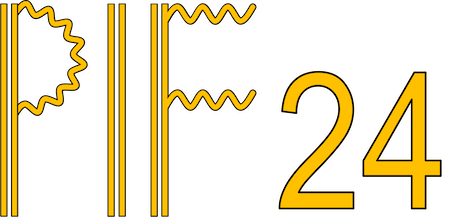Conveners
General Talk 4
- Chair: Antonino DiPiazza
General Talk 4
- Chair: Tom Heinzl
General Talk 4
- Chair: Felix Karbstein
At the frontier of ultra-high electromagnetic intensities, it is now possible to access peak laser intensities of up to ∼ $10^{23}$ W/cm$^2$ [1], with even higher intensities envisaged at upcoming multi-petawatt class facilities [2]. The interaction of an ultra-relativistic electron beam with electromagnetic fields of this magnitude represents an ideal experimental configuration to access...
We consider birefringent (i.e., polarization changing) scattering of x-ray photons at the superposition of two optical laser beams of ultrahigh intensity and study the resonant contributions of axions or axionlike particles, which could also be short-lived. Applying the specifications of the Helmholtz International Beamline for Extreme Fields (HIBEF), we find that this setup can be more...
Direct measurement of the elastic scattering of real photons on an electromagnetic field would allow the fundamental low-energy constants of quantum electrodynamics (QED) to be experimentally determined. We show that scenarios involving the collision of three laser beams have several advantages over conventional two-beam scenarios. The kinematics of a three-beam collision allows for a higher...
I summarize recent progress in the application of the worldline formalism to the calculation of one-loop photon amplitudes in strong-field QED with a non-perturbative treatment of the background field. The examples include constant, plane-wave, Redmond, Coulomb and Sauter fields.
Strong electromagnetic fields perturb the quantum fluctuations, thereby modifying the properties of the vacuum. This effect is called vacuum polarization. In QED, the thus emergent interaction is described by the second and the omitted higher-order terms in the Heisenberg-Euler action
$\qquad \qquad \qquad S = ! \int d^4x \left(
\frac{\mathfrak{F}}{4\pi} + \frac{\alpha}{360 \pi^2 E_c^2}...

